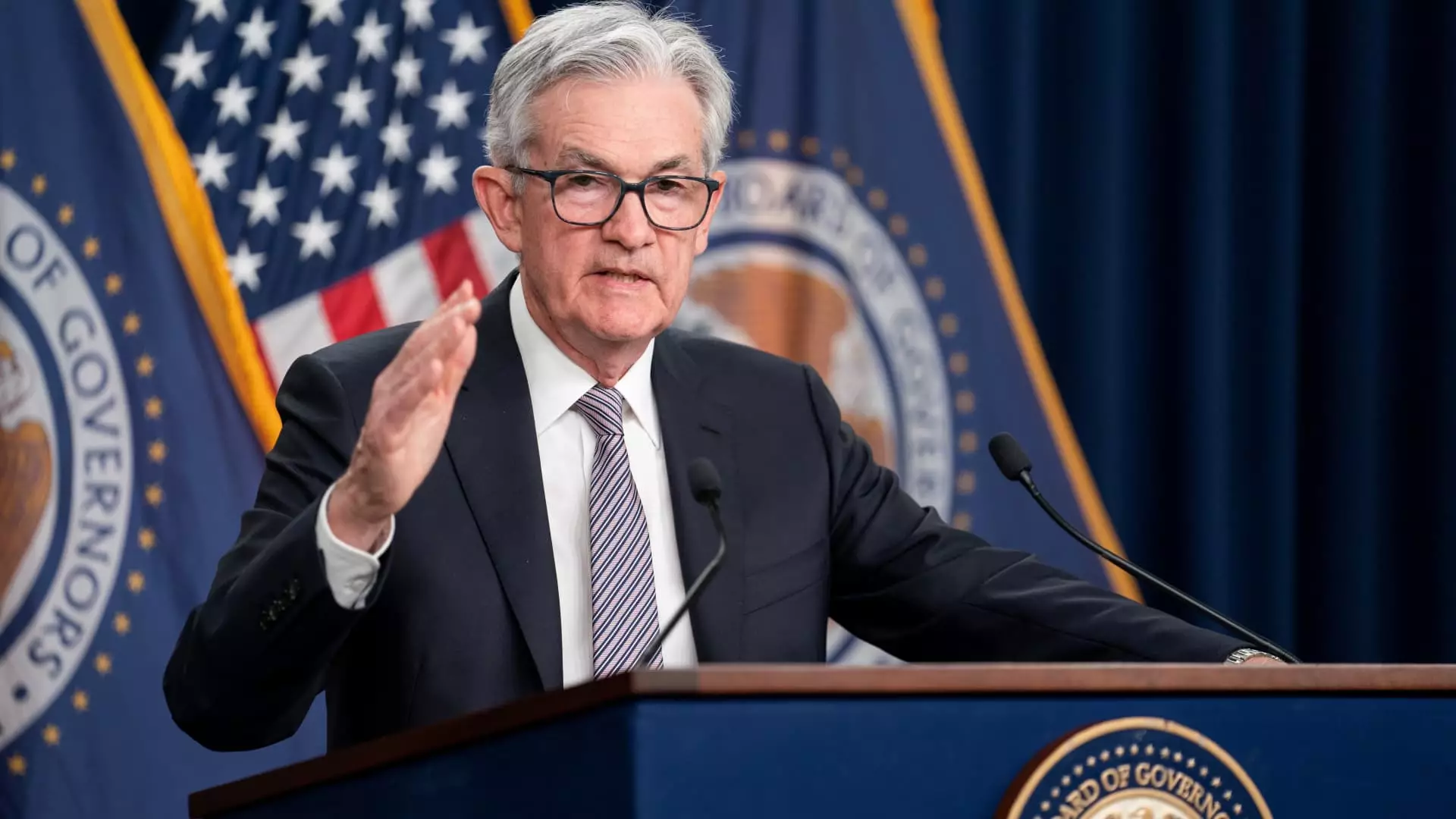In a much-anticipated move, the Federal Reserve announced on Wednesday that it will be keeping its key interest rate steady for the third consecutive time. The decision came as no surprise to the markets, which had widely anticipated this outcome. With the inflation rate easing and the economy holding steady, policymakers on the Federal Open Market Committee (FOMC) voted unanimously to maintain the benchmark overnight borrowing rate in a targeted range between 5.25% and 5.5%. However, what caught the attention of investors was the indication that there could be multiple rate cuts in 2024 and beyond. Let’s delve deeper into this decision and its potential implications.
Expectations for Rate Cuts and Market Response
Alongside the decision to hold rates steady, committee members projected at least three rate cuts in 2024, assuming quarter percentage point increments. Although this projection falls short of the market expectation of four cuts, it is more aggressive than previous indications from officials. Furthermore, the committee’s “dot plot” of individual members’ expectations suggests the possibility of another four cuts in 2025, potentially leading to a full percentage point decrease. If these projections materialize, the fed funds rate could drop to a range between 2% and 2.25% by 2026. These projections excited investors, as reflected by the immediate jump of over 300 points in the Dow Jones Industrial Average. This surge in the stock market could potentially lead to a record close on Wednesday.
One notable aspect of the Federal Reserve’s statement was the inclusion of the phrase “any” more policy tightening. This choice of words implies that the committee will consider multiple factors before considering further interest rate hikes. The usage of this language seems to suggest that the era of rate hikes may be coming to an end, leaving the door open for accommodative monetary policy in the future. This shift in language is significant and may signal a more dovish stance from the Federal Reserve going forward.
In addition to interest rate hikes, the Fed has been gradually reducing its balance sheet by allowing up to $95 billion a month in maturing bonds to roll off. Despite speculation about a potential change in this strategy, there was no indication that the Fed plans to curtail this portion of policy tightening. The central bank’s decision to continue reducing its balance sheet suggests a commitment to maintaining its current monetary policy trajectory.
Chair Jerome Powell highlighted the positive developments in inflation during a news conference following the decision. He acknowledged that inflation has eased from its highs over the past year while emphasizing the absence of a significant increase in unemployment. This positive outlook is a welcome relief after seeing inflation reach a 40-year high in mid-2022. The Fed’s officials project core inflation to decline to 3.2% in 2023, 2.4% in 2024, and eventually reach the target of 2% in 2026. These projections align with recent economic data, which showed little change in consumer and wholesale prices in November. Despite some measures suggesting that the Fed may be nearing its inflation target, the central bank remains vigilant about the potential for future inflationary pressures.
The Fed’s decision to hold rates steady came amid a sense of economic slowdown, as Powell acknowledged the substantial deceleration in the growth of economic activity compared to the third quarter. However, he maintained an optimistic view, stating that the GDP is on track to expand by around 2.5% for the year as a whole. Committee members upgraded their projections for gross domestic product (GDP) growth to a 2.6% annualized pace in 2023, while foreseeing a more modest 1.4% growth in 2024. Projections for the unemployment rate remained largely unchanged, with rates of 3.8% and 4.1% expected in 2023 and subsequent years, respectively.
Patient Approach and Political Considerations
Although the Fed has emphasized its willingness to hike rates again if necessary, most officials have expressed a patient stance as they assess the impact of previous tightening moves on the U.S. economy. Stubbornly high prices have also taken a toll on President Joe Biden’s approval rating, as negative sentiment about his handling of the economy persists. As a presidential election looms large in 2024, there had been speculation about possible reluctance on the Fed’s part to make significant policy actions. However, the presence of high real rates, which account for the difference between the fed funds rate and inflation, makes it more likely that the Fed will respond to inflation data in a proactive manner.
The Federal Reserve’s decision to maintain its key interest rate steady while signaling potential rate cuts in the future is a response to easing inflation pressures and a slowing economy. The inclusion of the wording “any” more policy tightening suggests a shift towards a more accommodative stance. The central bank’s commitment to continuing the reduction of its balance sheet and monitoring inflationary trends adds an element of caution to its overall strategy. As the outlook for economic growth remains positive, the implications of the Federal Reserve’s decision will be closely watched by investors and policymakers alike.


Leave a Reply